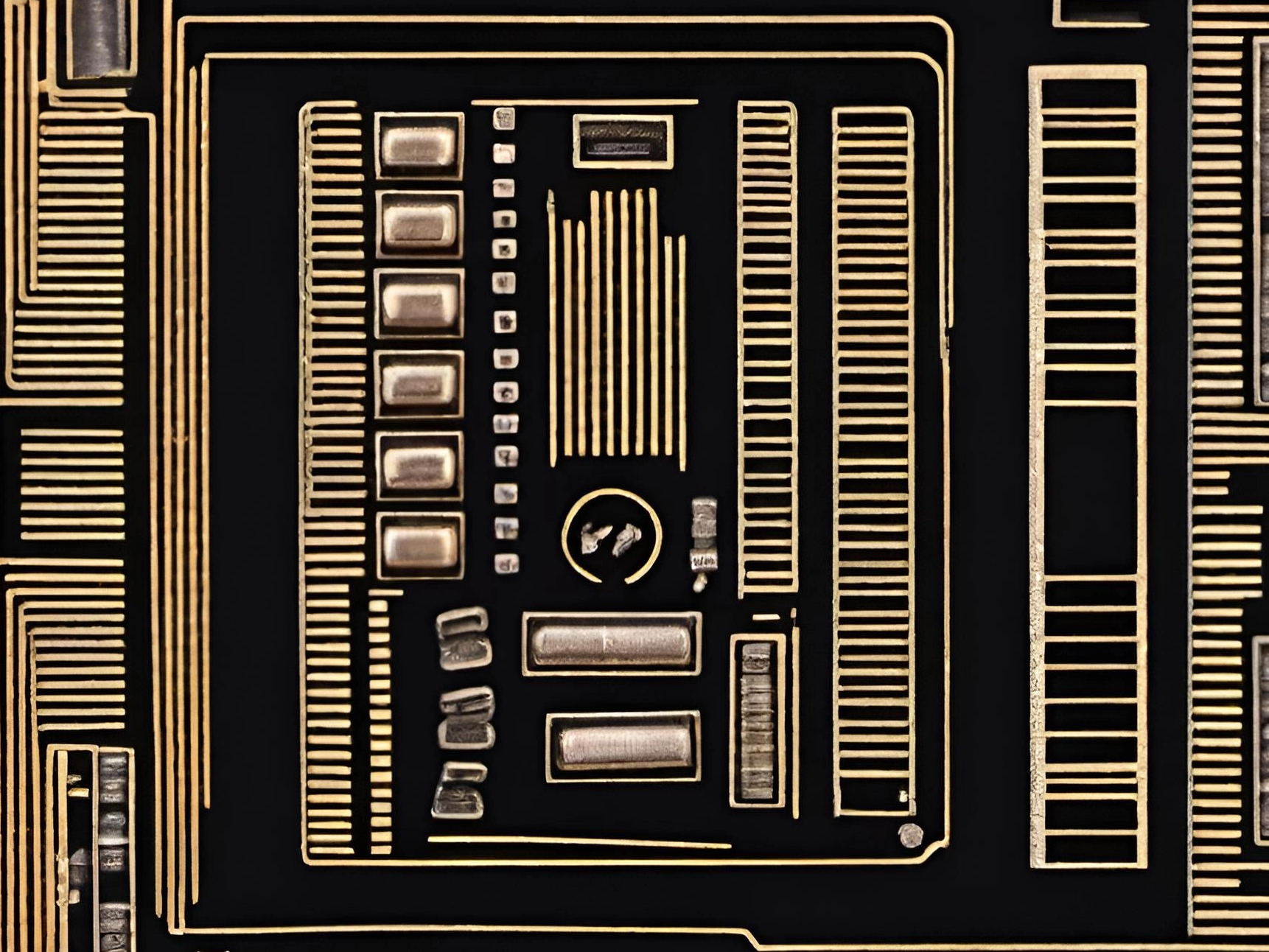
2024-12-05 ASCD value is a set threshold used by the BMS to prevent overcurrent damage, while the short-circuit current is the actual current inside the battery pack
Read More 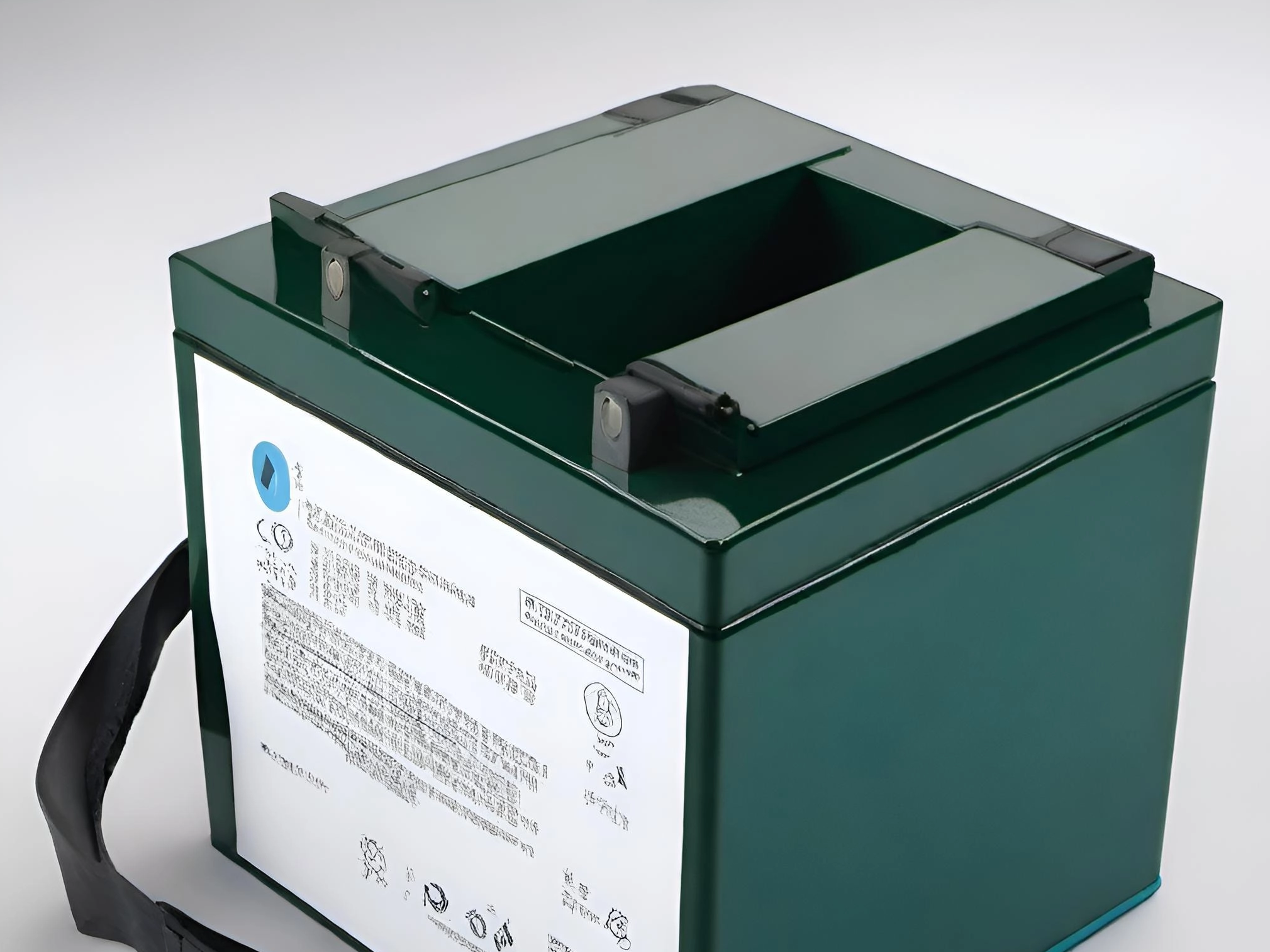
2024-11-29 Short circuit current refers to the instantaneous current generated by the cells or battery pack during a short-circuit event.
Read More 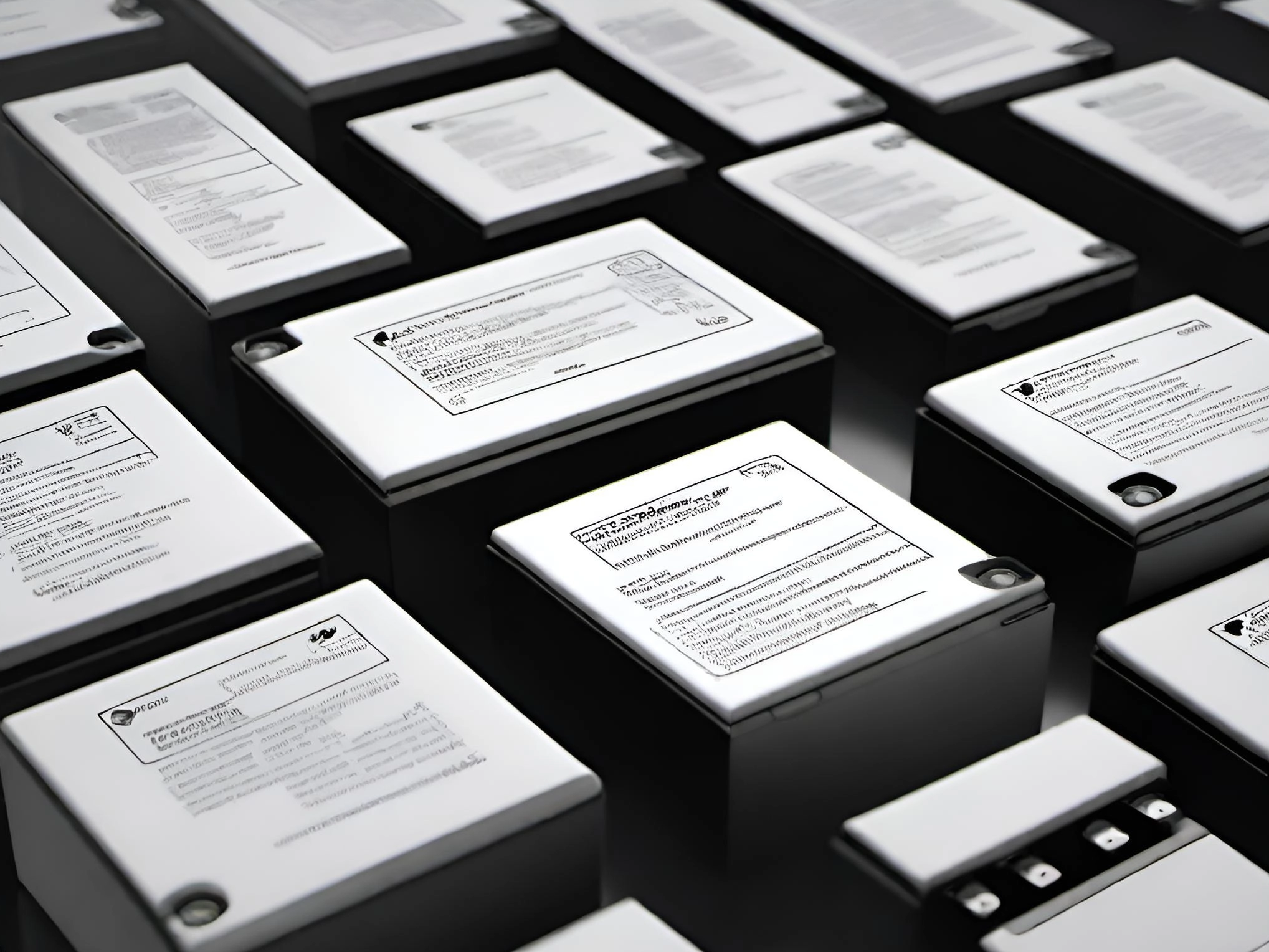
2024-11-25 ASCD (Short Circuit Protection Circuit Threshold)
Read More 
2024-11-22 Both are protection mechanisms used by the BMS, but they address different types of current anomalies, and their response timing and methods differ.
Read More 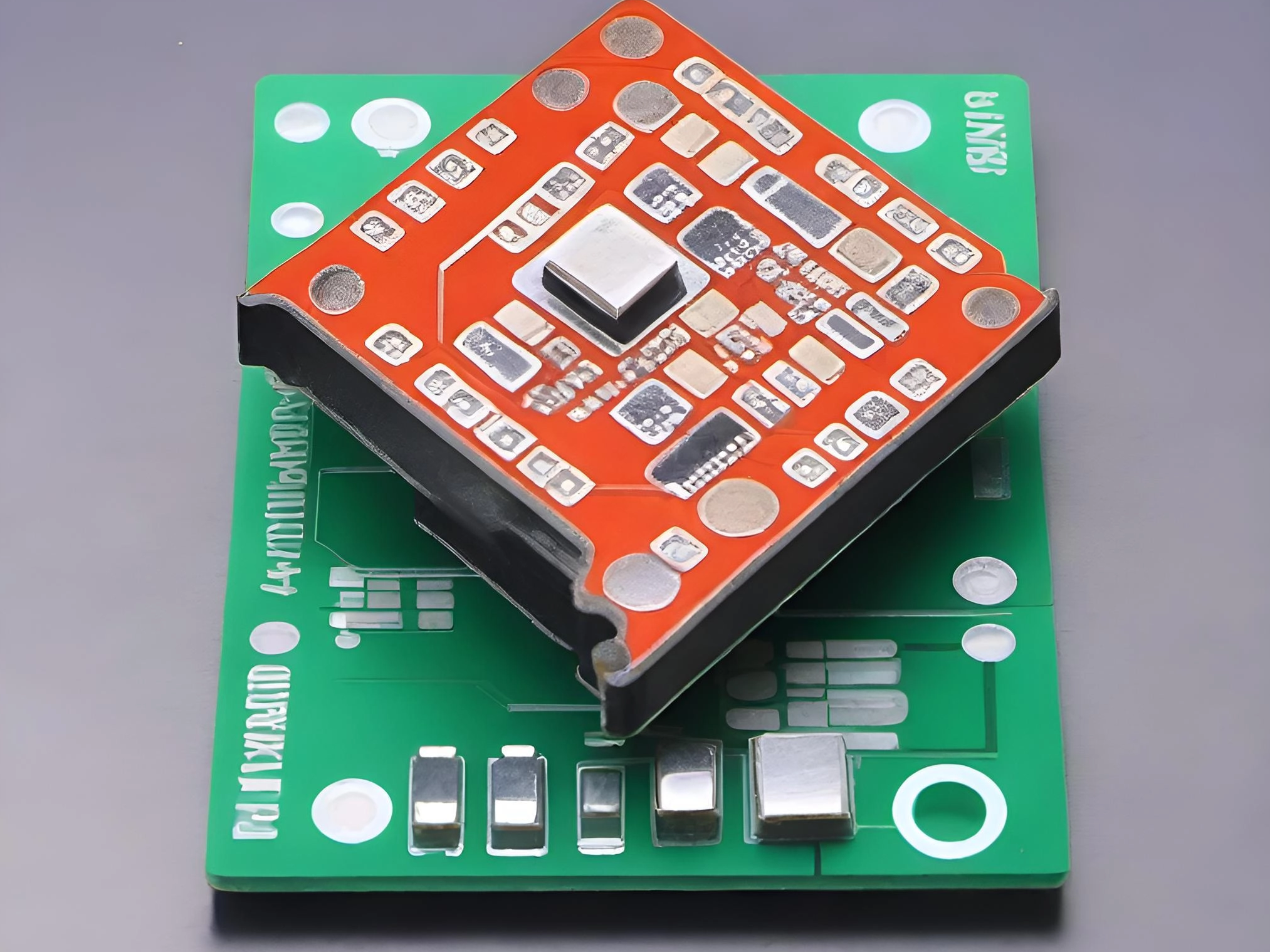
2024-11-18 Charging Overcurrent Protection in a lithium battery pack typically refers to the measures taken by the BMS to prevent damage to the battery pack when the charging current exceeds a set safety limit during the charging process.
Read More 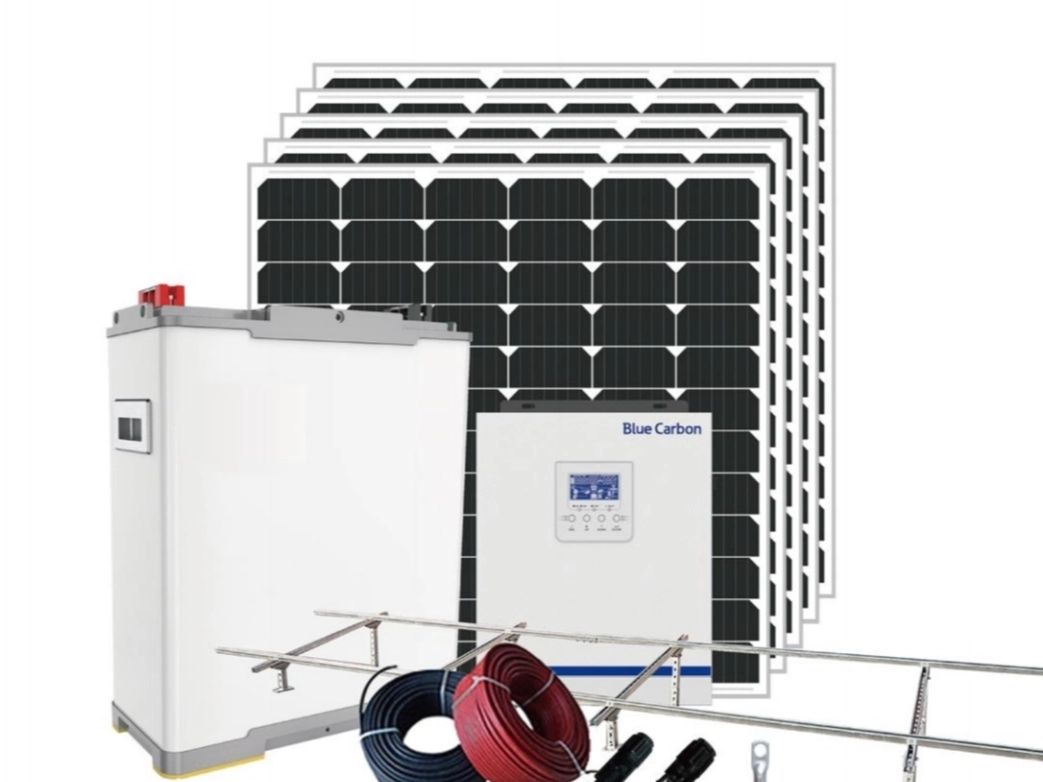
2024-11-14 The shutdown capability of the BMS (Battery Management System) short-circuit protection circuit refers to the system's ability to detect and quickly disconnect the current when a short circuit occurs in the battery system, in order to prevent further damage or safety hazards. This metric typically d
Read More 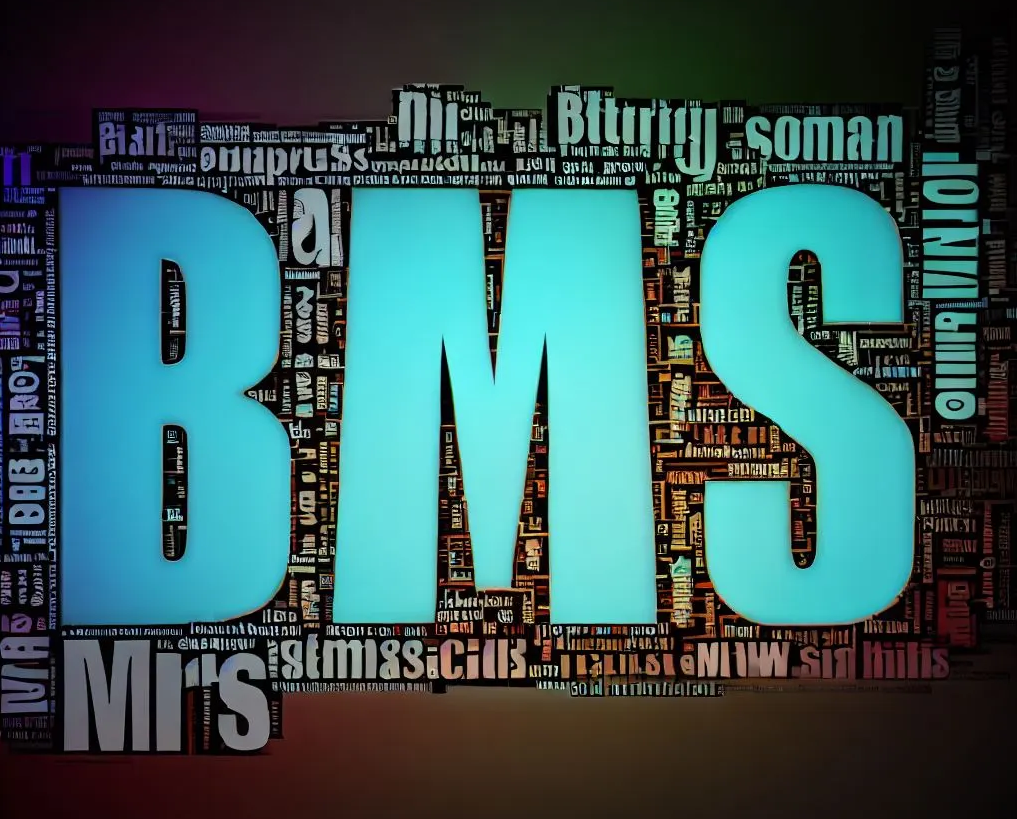
2023-09-27 Does a BMS charge my batteries?A Battery Management System (BMS) primarily manages and monitors the state of individual cells within a battery pack. While a BMS does not directly charge batteries, it plays a crucial role in ensuring that the cells are charged and discharged safely and efficiently.
Read More 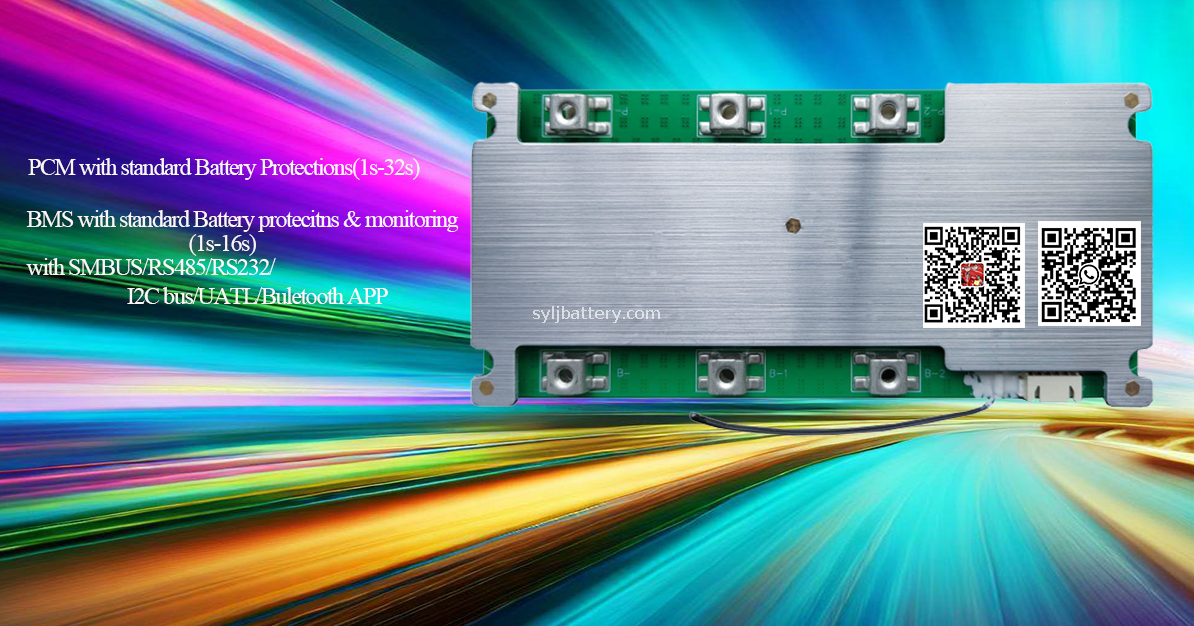
2023-09-18 Low-Temperature Heating Smart Protection Board - A Blessing for Cold Regions
Read More 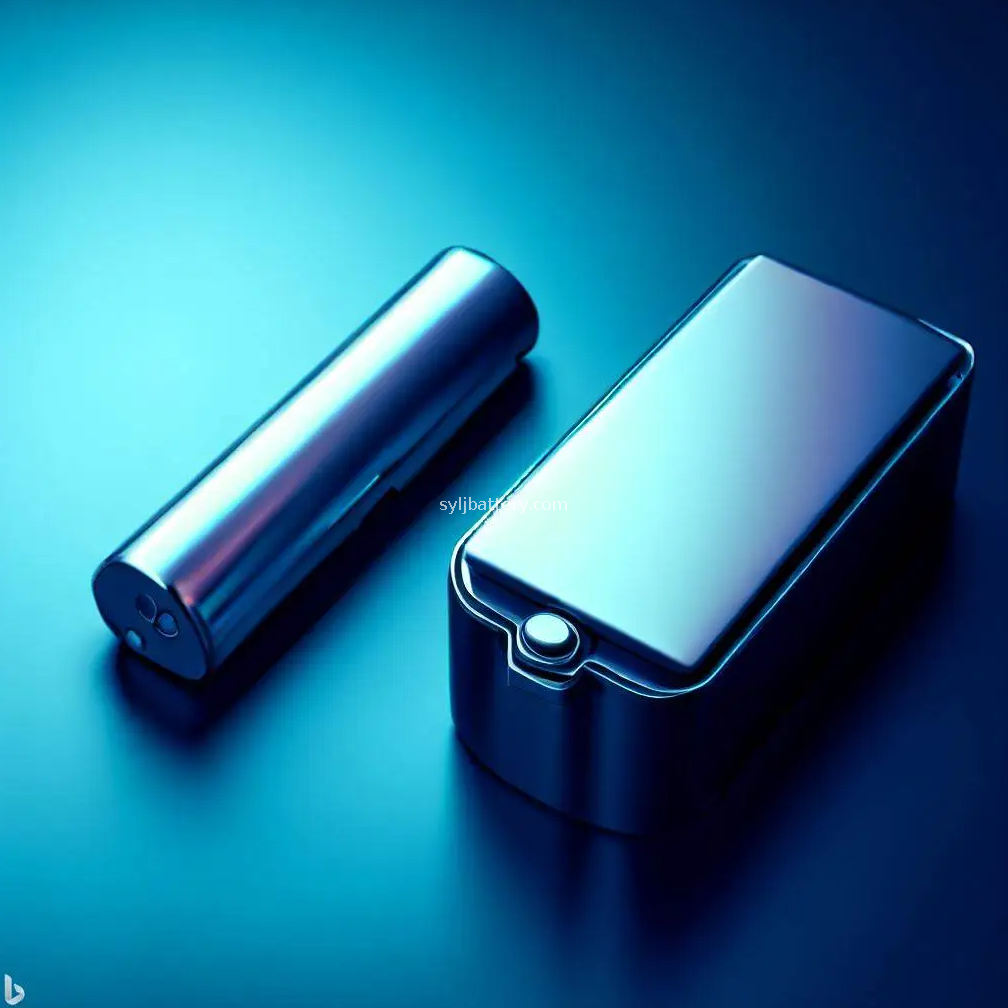
2023-07-12 Lithium batteries and lead-acid batteries have different safety characteristics, and the level of safety depends on the specific use case and handling practices. Here's a comparison of their safety features:Risk of leakage: Lead-acid batteries contain liquid electrolyte, which can leak if the batter
Read More 








